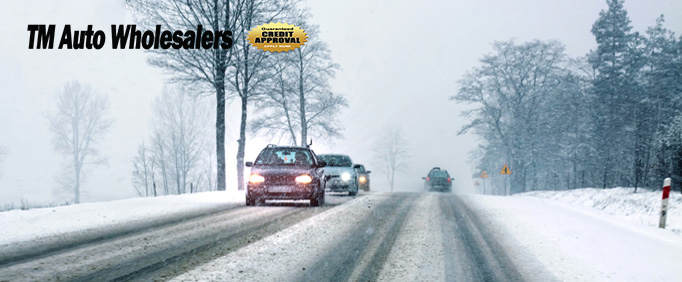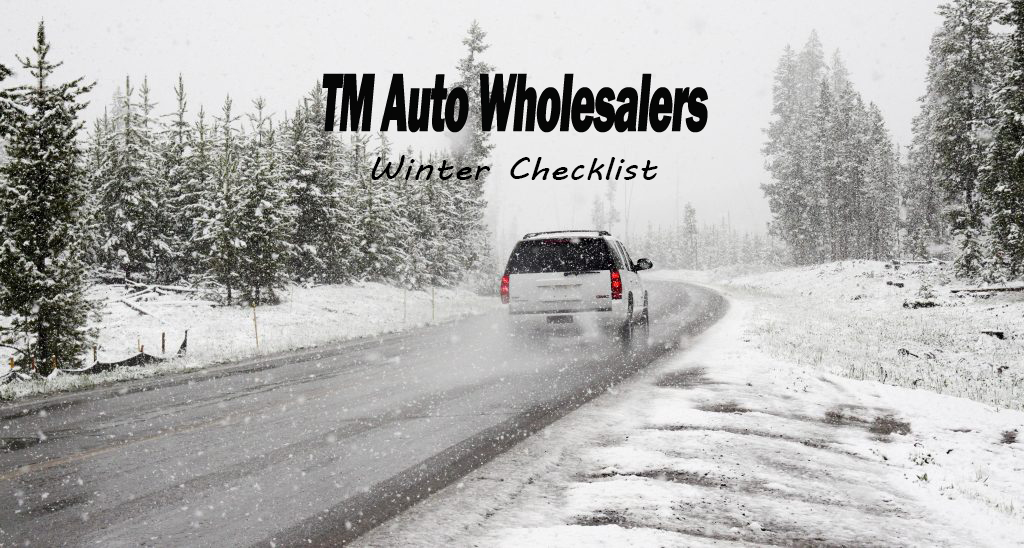
THE LIST: GOLF CART SAFETY
Electric golf carts have become the most fun, popular mode of transportation for locals at home and on vacation, not just on the golf course but also on main roadways within cities, around beaches, and even on farms. While these electric vehicles offer a convenient and eco-friendly way to get around, safety should always be a top priority. In this Ask Mike edition, we will explore some essential precautions that can help operators avoid injury and property damage when using electric golf carts in various settings.
- Familiarize Yourself with Local Regulations:
Before venturing out onto public roads, beaches, or even just around the corner, it’s crucial to research and understand the local regulations governing electric golf cart usage. Many areas have specific rules and speed limits for these vehicles, and compliance with these regulations is essential for safety.
- Always Wear Seatbelts:
Safety gear isn’t just for motorcycles or automobiles. Wearing seatbelts can significantly reduce the risk of injury in the event of an accident, especially on rough terrain, uneven pavement or crowded roadways. Buckle up!
- Maintain Your Golf Cart:
Regular maintenance is key to ensuring your electric golf cart operates safely. Although our carts are maintenance free, it’s a good idea to give your cart a thorough checkup from time to time as you would any vehicle. Check the brakes, tires, lights, electrical connections, and steering regularly. Keep the cart’s batteries charged but never leave your cart plugged in overnight. Replace them as needed to avoid sudden power failures or mechanical malfunctions.
LEARN MORE ABOUT ELECTRIC CARTS in Ask Mike’s April 20th Edition
- Use Proper Signaling and Lighting:
Whether on city streets, at the ocean or lakefront, always use turn signals and headlights when driving your golf cart in low-light conditions or when making turns. Proper signaling helps other drivers and pedestrians anticipate your actions, get it into a habit.
- Be Cautious on Main Roadways:
When using your golf cart on main roadways, be aware of the surrounding traffic. Keep to the right, obey traffic signals, and avoid abrupt lane changes or sudden stops. If the roadway or traffic seems questionable, use your better judgment. Respect the speed limits and yield to faster-moving vehicles.
- Stay Off Busy Highways:
Electric golf carts are not designed for high-speed travel. Avoid using them on highways or busy roads where they can pose a danger to both you and other drivers. A golf cart may only operate on a secondary highway or street for which the posted speed limit is 35 MPH or less.
- Mind the Terrain:
In some areas where you and your cart may venture, you could encounter uneven challenging terrain. Slow down when navigating rough terrain and be cautious of steep slopes or loose sand. Quick, sharp turns with unbalanced cargo could cause an accident harming you and others, as well as your cart. Stay within the recommended speed limits and use common sense when cruising.
- Respect Pedestrians and Wildlife:
When driving near beaches, crowded streets or through rural areas, be mindful of pedestrians and wildlife. Slow down or stop when necessary to avoid accidents. Protect others and the environment.
- Secure Your Cart When Not in Use:
Prevent theft or unauthorized use by removing your carts key and securely storing or locking your golf cart when not in use. This precaution can also prevent accidents involving unsupervised children.
- Educate Passengers:
If you have passengers on your electric golf cart, ensure they also understand the importance of proper operation, safety rules, and proper behavior during the ride.
Electric golf carts are a convenient and eco-friendly means of transportation, but they require responsible use to ensure safety on main roadways within cities, around beaches, waterfronts, and even on farms. By following these precautions and respecting local regulations, you can enjoy the benefits of your carts while minimizing the risks of injury and property damage in 2023 and beyond. We love our carts, follow these best practices people and stay safe.
Which TM Auto Cart is Best for You? I have a cart for most any budget and lifestyle. How do you plan to enjoy yours!
Call TM Auto and I’ll get you cruising!
Call or text (757) 560-4252 and ask for Mike Love, let me show you how easy a cart buying experience can be.











